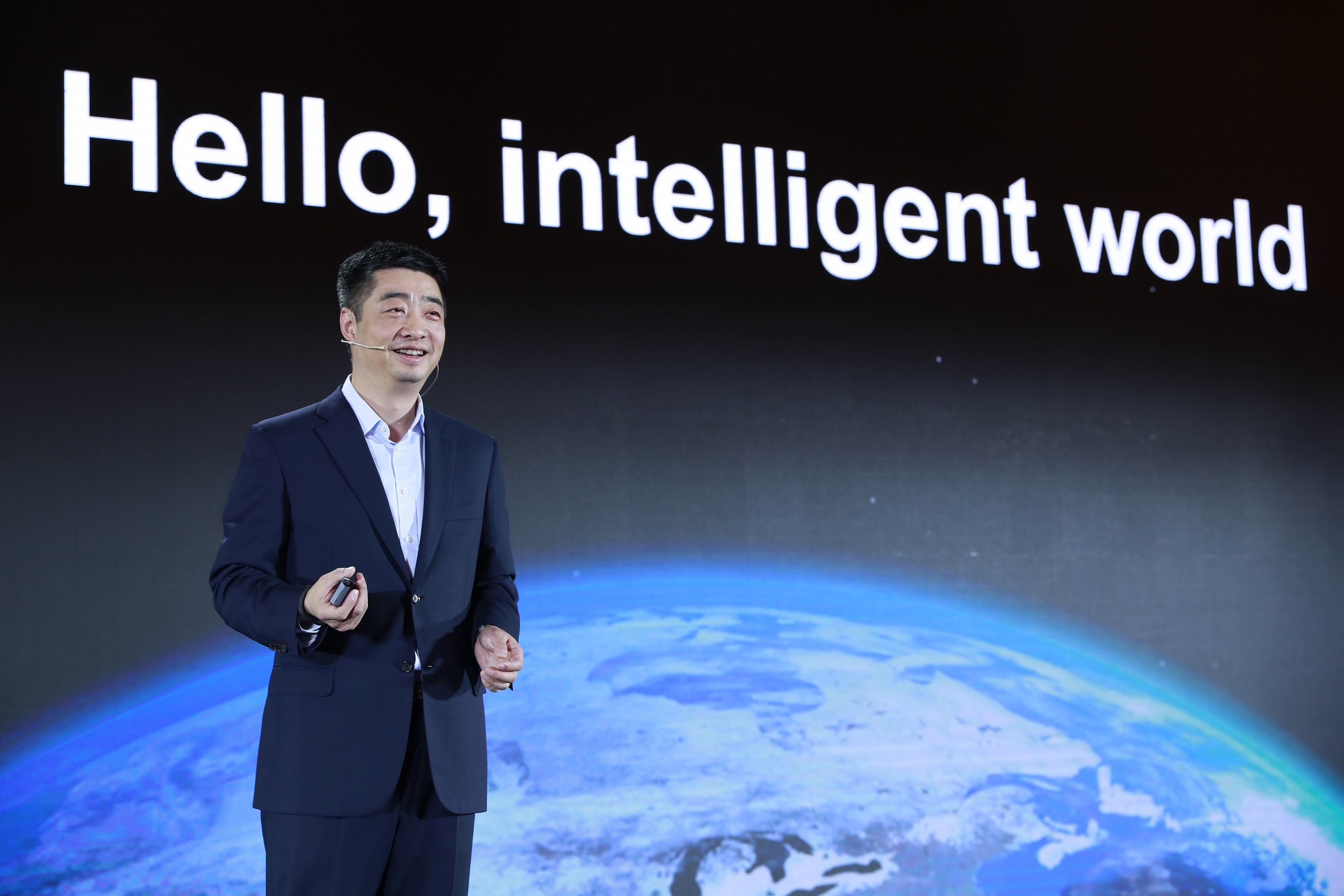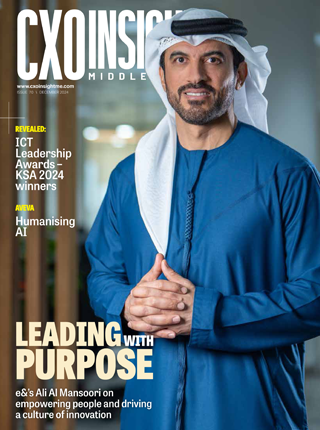Huawei recently held its 16th annual Global Analyst Summit (HAS) under the theme of “Building a Fully Connected, Intelligent World”. Huawei was joined by more than 680 industry and financial analysts, key opinion leaders, and media representatives from across a range of industries, including telecoms, Internet, and finance. Together, they discussed how to build a fully connected, intelligent world through continuous innovation.
Ken Hu, Huawei’s Deputy Chairman, shared the company’s insight into industry trends and strategic determination, saying: “The intelligent world is already here. We can touch it. The ICT industry is currently facing unprecedented development opportunities.”
Hu also noted that 5G is being deployed much faster than expected, and 5G device development is matching 5G network development for the first time in history. According to Huawei’s forecasts, by 2025, the world will have 2.8 billion 5G users. To support these large numbers of users, Huawei aims to develop simple, powerful, and intelligent networks, to continuously create value for its customers.
The wide adoption of AI is accelerating cloud adoption in enterprises. As part of Huawei’s larger market position, Hu explained, they consider cloud competition to actually be AI competition. Hu said, “With our strategic investment in AI, we are confident that we will lead in the race in the new cloud track.”
According to William Xu, Director of the Board and President of the Institute of Strategic Research of Huawei, innovation 2.0 is the way forward for the ICT industry today. Xu emphasized how Huawei is moving into an Innovation 2.0 state in which vision-driven theoretical breakthroughs and inventions will contribute towards building a fully connected, intelligent world.
Through its Innovation 2.0 strategy, Huawei will overcome the bottlenecks in theories and basic technologies that have hindered the development of ICT. The company has established the Institute of Strategic Research, headed by Xu, to make Innovation 2.0 a reality.
“In innovation 1.0, we have focused on providing innovative products, technologies, and solutions that meet customer needs,” said Xu. “In Innovation 2.0, we aim to steer innovation and drive innovations in theories and basic technologies that can promote social progress.”
Separately from HAS, Huawei also announced its business results for the first quarter of 2019. In Q1 of this year, Huawei generated around 26.78 USD billion in revenue, an increase of 39% year-on-year. The company’s net profit margin in Q1 2019 was about 8%, slightly higher than the same period last year. In 2018, the company maintained strong business growth with sales revenue rounded off at USD 106 billion, up 19.5% year-on-year; its net profit reached USD 8.7 billion, up 25.1% year-on-year.










Discussion about this post